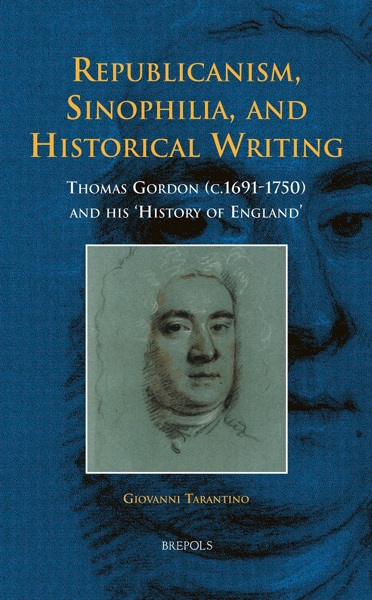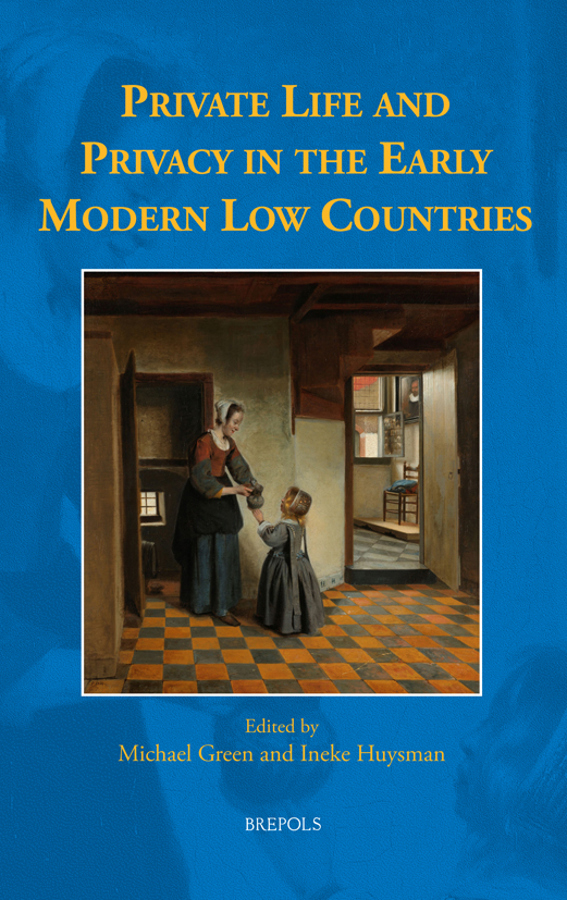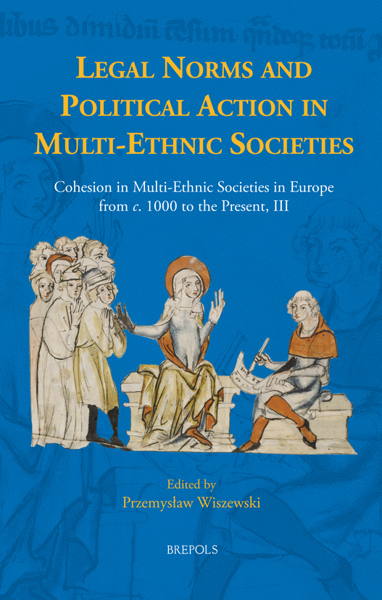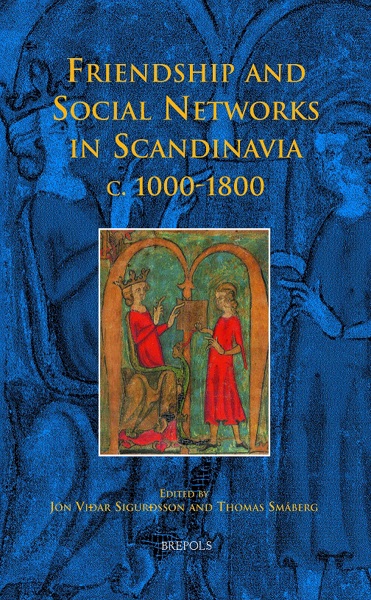
Private Life and Privacy in the Early Modern Low Countries
Michaël Green, Ineke Huysman (eds)
- Pages: 316 p.
- Size:156 x 234 mm
- Illustrations:52 b/w, 24 col.
- Language(s):English
- Publication Year:2023
- € 100,00 EXCL. VAT RETAIL PRICE
- ISBN: 978-2-503-60444-2
- Hardback
- Available
- € 100,00 EXCL. VAT RETAIL PRICE
- ISBN: 978-2-503-60445-9
- E-book
- Available
- Contains contributions in Open Access
This volume investigates the origins of one of the most important notions of the contemporary society: privacy. Based on case studies from the early modern Low Countries, privacy is explored from various historical perspectives: social and cultural history, as well as the history of art.
“Samenvattend: de bundel biedt een verscheidenheid aan invalshoeken met uitgebreide analyses van de bronnen. (...) bevat deze bundel waardevolle inzichten over het ontstaan van privacy en is de bundel een veelbelovende aanzet om het privacyperspectief verder uit te werken.” (David Knibbe, in Tijdschrift voor Geschiedenis, 137/2, 2024)
"This book successfully shows how privacy and private life can be found in early modern sources, which offers possibilities for the incorporation of this topic in future research and encourages historians to further extend the ways in which they research privacy and private life in the early modern period." (Alexander Nuijten, in TSEG - The Low Countries Journal of Social and Economic History, 21/2, p. 174)
"Private Life and Privacy in the Early Modern Low Countries offers a well-rounded examination of how historians can find expressions of privacy in the early modern Low Countries. Throughout the volume, space becomes increasingly pertinent as the contributors emphasise how the division of space, particularly within the home, provided a catalyst for the development of notions of privacy. (...) As a result, this volume offers a series of useful and insightful examinations of privacy in the Low Countries, demonstrating how new approaches and tools can be employed to further study privacy and private spaces in the early modern period." (John Chinn, in Parergon, 42/1, 2025, p. 223-224)
Ineke Huysman is a senior researcher at the Huygens Institute for the History of the Netherlands/NL-Lab. She manages the digital editions of the correspondence of Constantijn Huygens, Johan de Witt, and stadholders’ wives.
Michaël Green is University Professor at the University of Lodz. He specializes in various aspects of early modern cultural, social and religious history, with an emphasis on notions of privacy
This volume investigates the origins of one of the most important notions of contemporary society: privacy. Based on case studies from the early modern Low Countries, privacy is tackled from various historical perspectives: social and cultural history, and the history of art and architecture.
The Dutch Republic is well known for its financial success, which went hand in hand with the development of a distinguished bourgeois culture and religious toleration. The accumulation of wealth among the urban population led to changes in various spheres, from daily life to art. Privacy, as a concept, started to develop in this period. Indeed, new ideas about housing with the invention of corridors, separate rooms that could be locked, and the separation of the ‘common’ and the ‘private’ space, all illustrate the growing importance of privacy in this geographical area. This volume traces perspectives on early modern privacy and private life based on primary sources in several domains: letters, diaries, and poems; genre painting in art; communal life as illustrated by the Jewish community; and finally, the homes of the Dutch elite.
The essays in this volume make a key contribution to the emergence of early modern privacy studies as a research field, and to the ongoing discussion of privacy in the Low Countries. Equally, these case studies can serve as models for the analysis of privacy in other European contexts.
The Low Countries, Private Life, and Privacy — MICHAËL GREEN and INEKE HUYSMAN
‘For My Personal Use’: Notions of Privacy in Egodocuments from Early Modern Amsterdam — MICHAËL GREEN
Inward Dignity. The Liberated House in Simon Stevin’s Architectural Knowledge System as Indication of his Early Modern Conception of ‘Privacy’ — HEIDI DE MARE
Privacy in Seventeenth-Century Dutch Cabinet Painting — JØRGEN WADUM
‘Au couvert, sans estre vues’. Aspects of Privacy in the Residences of Charles de Croÿ (1560-1612) — SANNE MAEKELBERG
Huygens at Home. Constantijn Huygens (1596-1687) on Privacy in his Poem Dagh-werck (The Day’s Work) (1627-1638) — AD LEERINTVELD
Withdrawn and Secretive: Privacy among Portuguese Jews in Early Modern Amsterdam — TIRTSAH LEVIE BERNFELD
Private Life in Wartime: Captured Letters from 1672 — JUDITH BROUWER
Bibliotheca Furliana, 1714. The Public Sale of a Private Book Collection — HANNA DE LANGE
Sociability and Privacy. Eighteenth-Century Extended Homes of the Amsterdam Elite — FREEK SCHMIDT
Balancing between Mother and Wife: The Private Correspondence of Stadtholder Willem IV of Orange-Nassau (1711-1751) — FAYROUZ GOMAA and INEKE HUYSMAN
Index locorum
Index nominum




